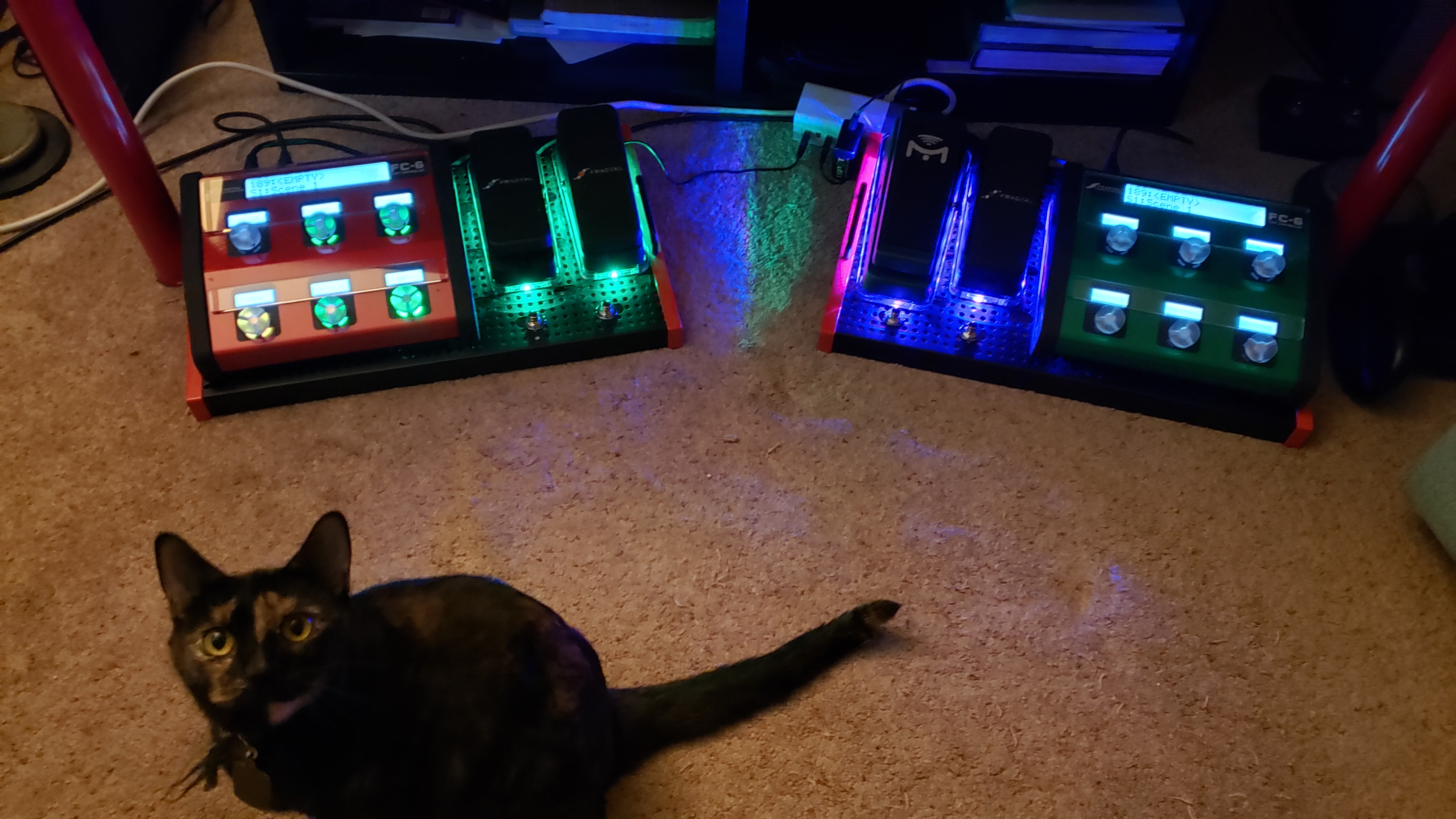David777
Member
Hopefully my FX III will arrive this week. I am super stoked to try it out. I actually have gigs on the calendar and hope to use it on 3 gigs in early February.
That being said, here is my profile in a nut shell...
Do you have any advice for me as to where I should begin in exploring the capabilities of the AXE III? I'll probably start out trying out the myriad of pre-sets.
But I'm really curious about the best way to....
David
That being said, here is my profile in a nut shell...
- I've been playing guitar, lap steel, fiddle, and keys over 50 years. At times did music full time, playing thousands of gigs. Wrote a jazz guitar book that was used at Berklee for awhile. etc.
- I'm much better at playing my instruments than I am at turning knobs on electronics
- I'm the kind of guy who will read the entire 114 page manual and make notes - and then likely use the factory pre-sets
Do you have any advice for me as to where I should begin in exploring the capabilities of the AXE III? I'll probably start out trying out the myriad of pre-sets.
But I'm really curious about the best way to....
- Create your own settings
- Find and use patches created by others
- Saving my top 10 settings so that I can get to them quickly. Guess I'll need a foot controller to change settings mid-song. Which controller?
- Best way to connect to computer for recording (I have a Fireface UC & Logic). Should I connect XLRs into the Fireface? USB?
- For gigs with full bands, I'm thinking I'd go out the Axe III in stereo straight into the board via a couple direct boxes, and also run out in stereo to a couple Bose SP1's that I'd use for monitors. Going direct into the board I don't trust the sound men in some of the venues I play to get my volume up in my monitor to where I can hear myself.
- For my solo gigs I use a couple big Mackie powered monitors with Bose SP1's for monitors. How big of a difference will it make to replace the Mackie's with FRFR speakers?
David
Last edited:

 ) - they can do a lot and are integrated very well with the AxeFX3.
) - they can do a lot and are integrated very well with the AxeFX3.
